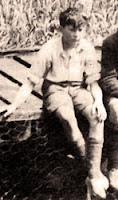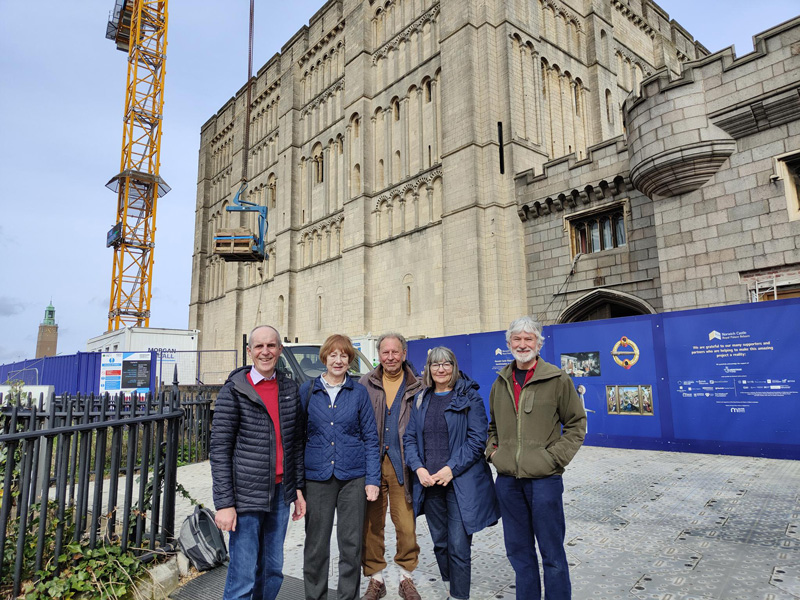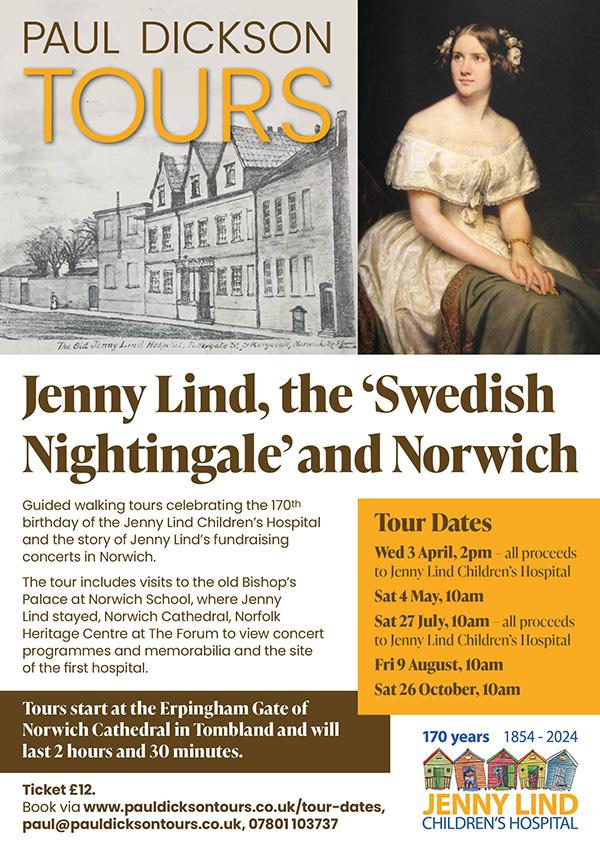Every Autumn after the holidays, when the time comes for the children to return to school there is always a debate about where parents should shop to purchase their school uniforms.
Not long ago it was only children attending Private or Grammar Schools that had to wear uniforms and these were only obtainable from certain nominated outlets. It was not just a question of all being dressed the same, each item had to fit and be worn correctly. The rules were strict and applied to pupils travelling to and from as well as at school. Anyone caught breaking the regulations such as, having their tie pulled loose or cap not squarely on their head, was likely to be punished.
 All of these schools put a great deal of importance on the pupil’s personal appearance. The way their hair was cut and styled was monitored to see that the boys was ‘short back and sides’ while girls were allowed a little more leeway as long as it was neat and tidy.
All of these schools put a great deal of importance on the pupil’s personal appearance. The way their hair was cut and styled was monitored to see that the boys was ‘short back and sides’ while girls were allowed a little more leeway as long as it was neat and tidy.
Many with straight hair opted for a ‘fringe’. In those days a young man attending an interview for a ‘white collar’ post had no chance of success unless his shoes were polished and he was wearing a suit with a collar and tie. ‘Clothes maketh the man!’ was a familiar saying and a persons Social Class could usually be determined from the clothes they were wearing.
 Immediately after the last World War, as and when material became more readily available, fashions soon changed. Everyone was fed up with having to make do with clothes they’d had for years. The coupon allowance had been completely inadequate for most people’s needs.
Immediately after the last World War, as and when material became more readily available, fashions soon changed. Everyone was fed up with having to make do with clothes they’d had for years. The coupon allowance had been completely inadequate for most people’s needs.
There were reports that ladies, who’s underclothes had worn out, were wearing their husband’s underpants while he was away in the Forces. This allowed them to save and use what coupons they had on outer garments.
Young women quickly adapted to the ‘New Look’ and then the ‘A Line’ etc. while the men, having worn a uniform for so long, soon tired with the cut of their ‘Demob Suit’ and went through many different styles as the years passed.
Every decade since the War has seen various groups and communities introducing new and sometimes outrages ways of dressing. Although few of these were ever totally accepted by the masses some part of the outfit always seemed to be adapted by the fashion Gurus, passed on to the shops the High Street and worn by the general public.
Those groups and factions didn’t go to all that trouble just to change their appearance! A great deal of it was originated as a way of being recognised and demonstrating their discontent. We had the ‘Beatniks’ followed by the ‘Hippys’ who rebelled against Middle Class society.
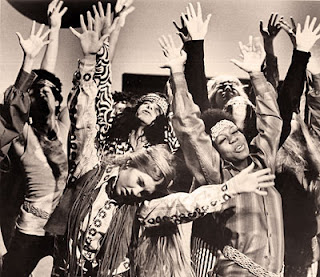 It was Ghandi who showed the world how to protest peacefully and it must have been his teaching that Communities like the ‘Flower People’ used for guidance. They all dressed in bright and colourful clothes while emphasising the need for love and peace throughout the world.
It was Ghandi who showed the world how to protest peacefully and it must have been his teaching that Communities like the ‘Flower People’ used for guidance. They all dressed in bright and colourful clothes while emphasising the need for love and peace throughout the world.
In the years that followed all the different groups of young and sometimes not so young folk had one thing in common, they were all protesting about something. Unfortunately there were quite a lot of them who had their own reasons for joining their fellows and as we all know, some were not always quite so peaceful.
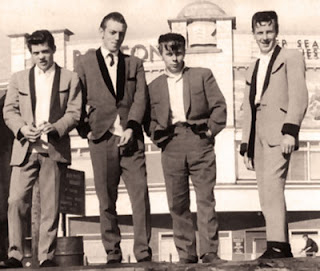 Through the 1950’s and 60’s the ‘Teddy Boys’ were followed by the ‘Mods’ and ‘Rockers’ and although Mopeds and things like ‘Bovver Boots’, braces and ‘pork pies’ are rarely seen today there are still plenty of leather jackets and motor bikes around.
Through the 1950’s and 60’s the ‘Teddy Boys’ were followed by the ‘Mods’ and ‘Rockers’ and although Mopeds and things like ‘Bovver Boots’, braces and ‘pork pies’ are rarely seen today there are still plenty of leather jackets and motor bikes around.
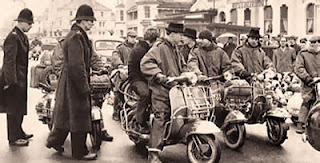 Ladies fashion changed so frequently through those decades they must have all gone full circle on almost every design. As soon as the material became available full flowing dresses and bright coloured two-pieces were popular and many young ladies made their own or got a friend to do it for them.
Ladies fashion changed so frequently through those decades they must have all gone full circle on almost every design. As soon as the material became available full flowing dresses and bright coloured two-pieces were popular and many young ladies made their own or got a friend to do it for them.
This extravagant style was most likely a protest against the restrictions they had suffered from clothing coupons during the War. However, encouraged by the American Musicals being shown at the cinemas at that time, girls soon shortened the hems on their skirts again.
The mini-skirt went even higher to become the micro-skirt. The amount of material used to produce ladies fashions continued to be reduced until many of the skimpy garments were barely decent enough to wear. Had these been popular during the War, there might well have been enough coupons in the ration books to produce them.
 It seems that even today young people still use the way they dress to express their emotions. They all wear a School Uniform but both boys and girls manage to find a way of making theirs look different. Shirts are left hanging out, ties loosened and collars undone. It appears blazers, as well as trousers for the girls are optional now and they no longer have to wear hats.
It seems that even today young people still use the way they dress to express their emotions. They all wear a School Uniform but both boys and girls manage to find a way of making theirs look different. Shirts are left hanging out, ties loosened and collars undone. It appears blazers, as well as trousers for the girls are optional now and they no longer have to wear hats.
Are our young people really using the way they dress as a means of attracting attention? If so, why are they protesting, and more important, why don’t they do something about it? They have a much louder voice and are given more attention now than ever before. Wouldn’t it be great if they told us why they are disgruntled so some action could be taken. If they were asked, how many of them would or could say exactly what they want?
After all the years it has gone on with each generation copying the one that went before, could it be just an ongoing trend and their way of declaring to the world that they are now adults?
valley lad – [TWENTY SEVEN]
